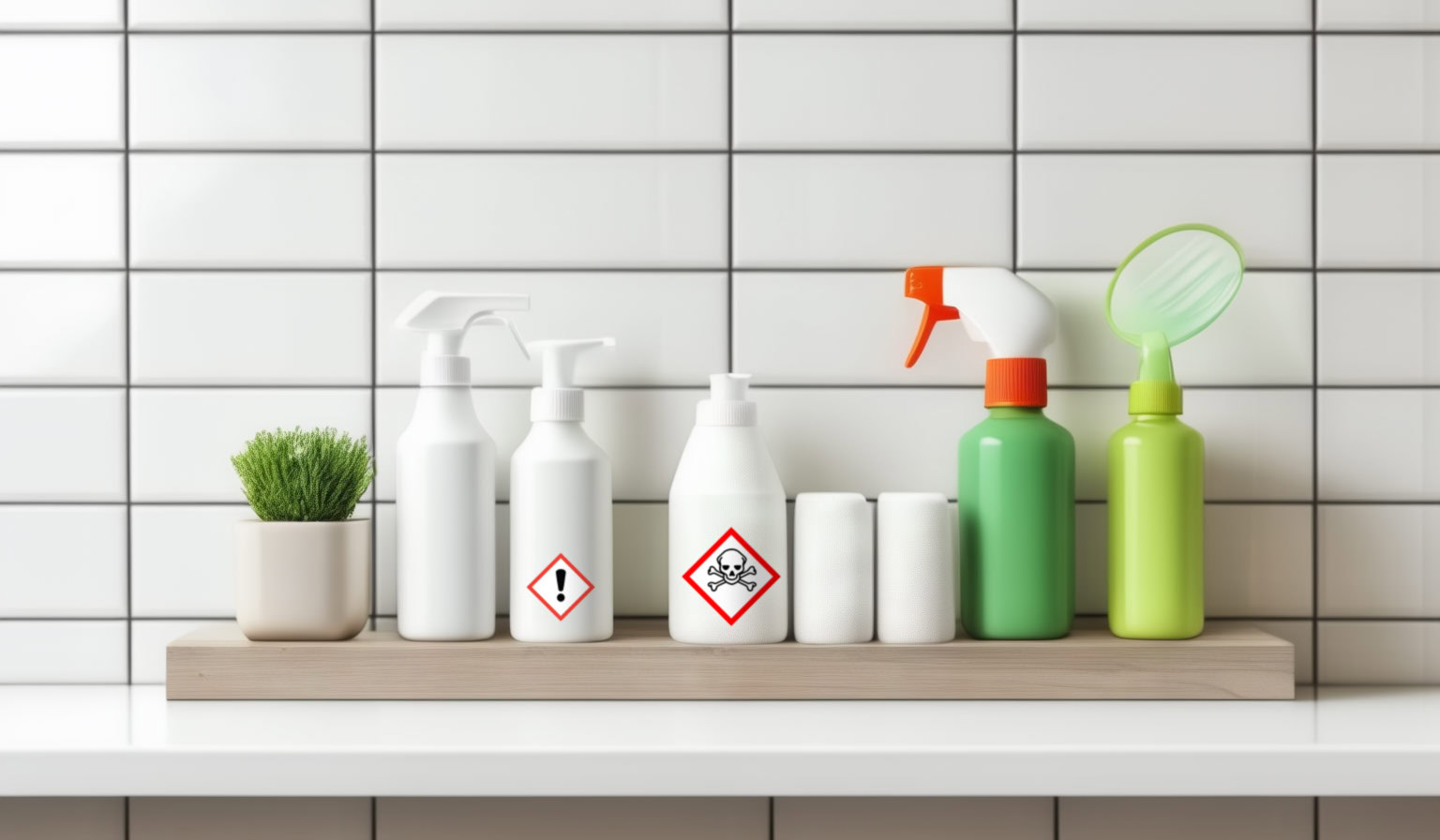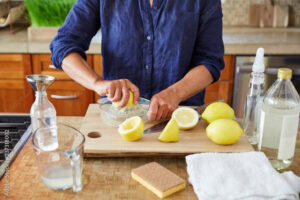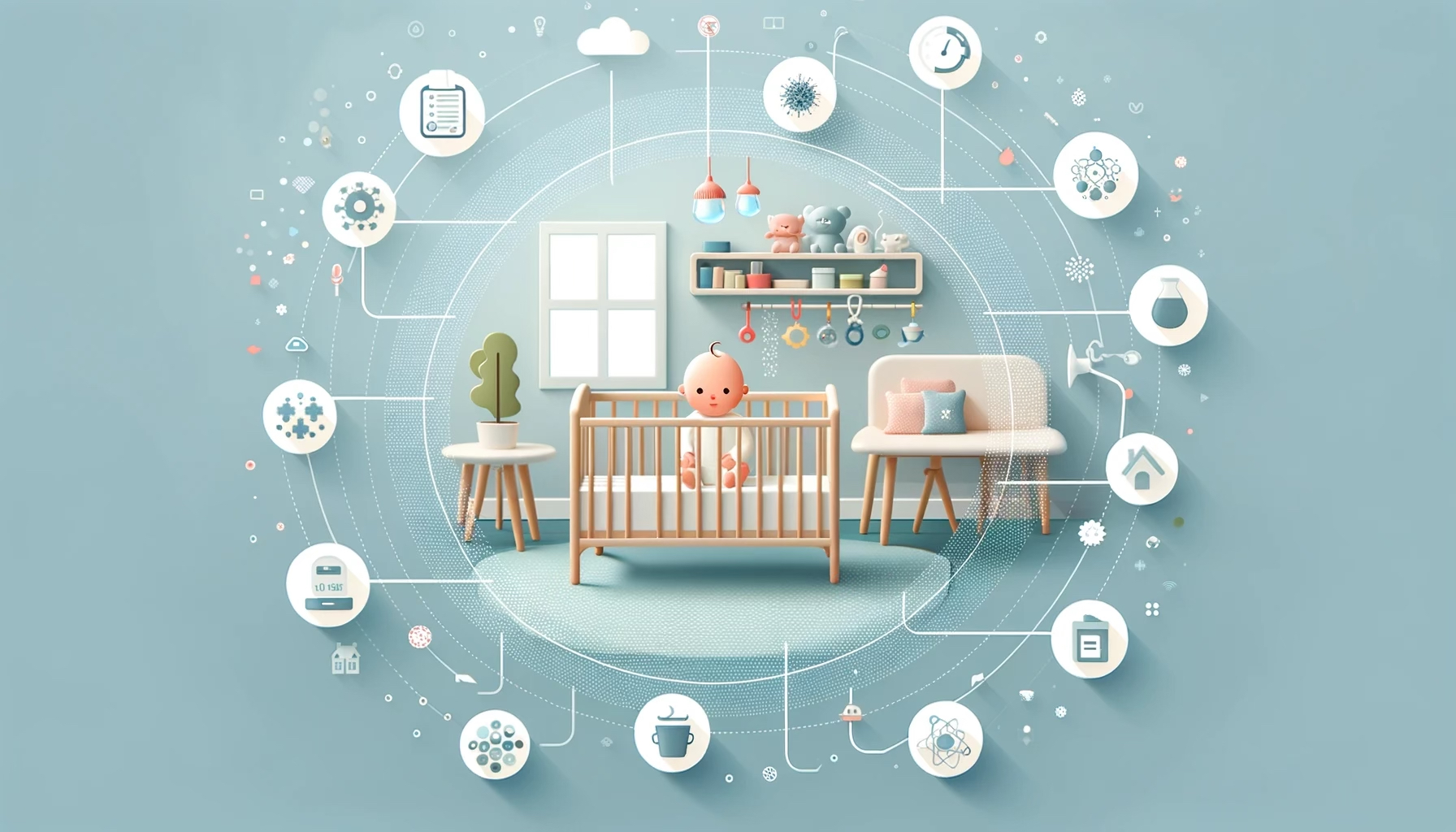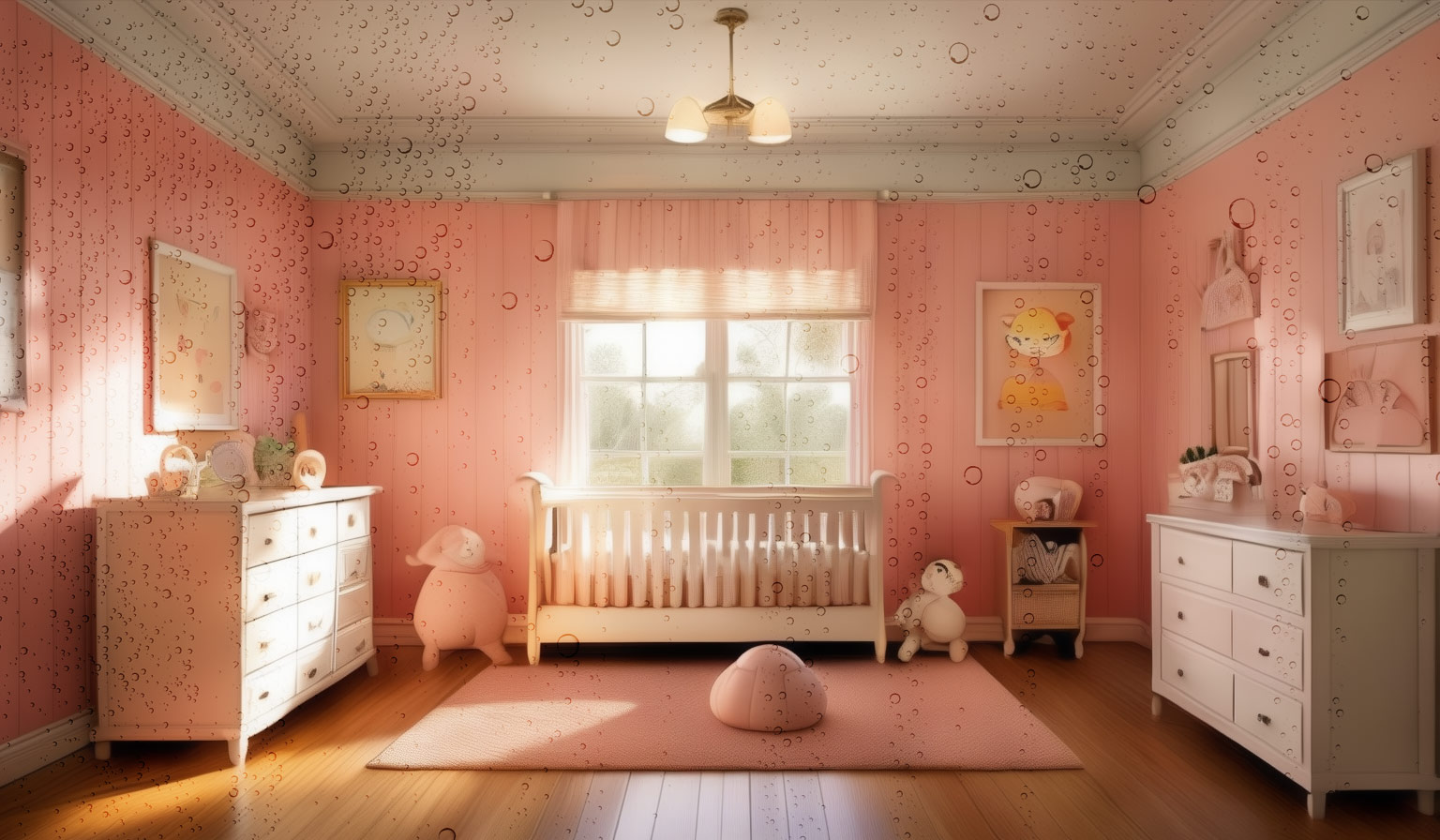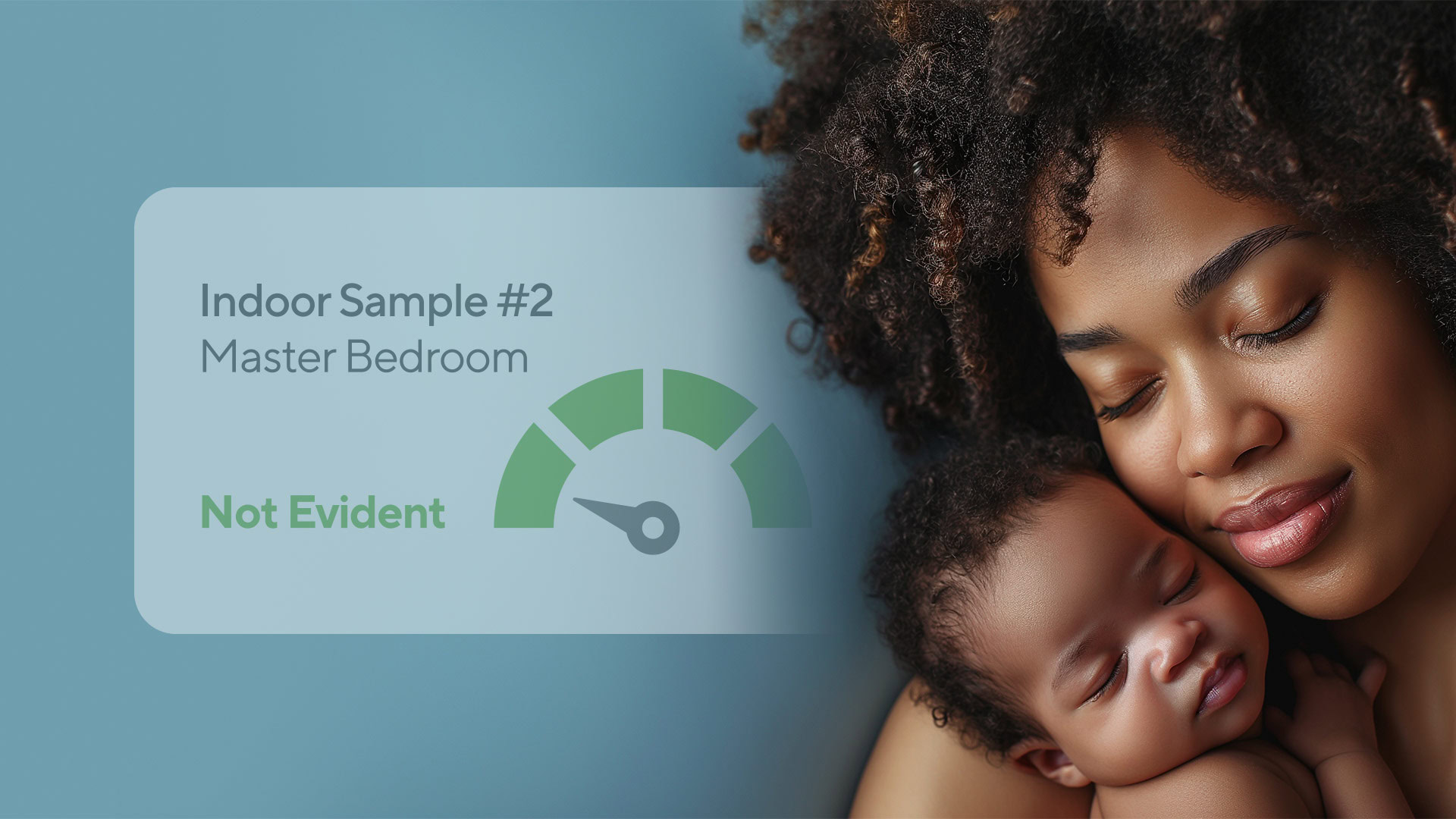
It goes without saying (though we’re going to say it anyway) that clean air in your home, unsullied by pollutants like mold, helps keep your family and building healthy, and offers incredible peace of mind when caring for a newborn.
That much is clear.
The problem is this:
With no shortage of unreliable DIY testing products on the market, many backed by shady characters with shady intentions, and an adjacent industry of inspectors and remediators rife with corruption, testing your air can be daunting and frustrating—and unnecessarily expensive if you’re not careful. It’s hard to know who or what to trust.
But done right, testing can save the day without forcing you to rob every piggy bank in the neighborhood. Here’s what you need to know:
- Understanding the Land(hell)scape
For years now, the market has been flooded with cheap mold test kits that promise much more than they deliver.
Petri dish-based kits, often found at hardware stores, are a prime example. These kits will indeed show the presence of mold, you can bet on that, but only because mold spores are naturally present in all environments. In terms of what’s actually going on in your air, however, they provide next to no meaningful insight.
Same goes for ERMI-based test kits, which analyze dust piles taken from different areas of a home and combine them into one sample. These kits are wildly prone to false-positives and can’t tell you squat about where a problem exists or if anything harmful is actually airborne. It’s like going on a wild goose chase while riddled by fear and panic. Life is too short for that sort of stress.
You should also steer clear of free inspections offered by those with a vested interest in finding problems, such as mold remediation companies. Problems, real or not, will be found and much money will be spent—that’s the whole point.
What we’re saying is, it’s a junk-science jungle out there! Which is precisely why we created the GOT MOLD? Test Kit.
- The Value of Spore Traps
For those seeking clarity and accuracy (aka the truth), spore traps, which pull directly from the air, represent the gold standard in testing and are used by reputable air quality professionals worldwide. Unlike the dubious methods mentioned above, spore traps accurately quantify the types and concentrations of airborne particles, including mold spores, providing a clear picture of the air quality throughout your home, and of what you’re actually breathing.
- Introducing the GOT MOLD? Test Kit
In developing the GOT MOLD? Test Kit, the goal has always been to create an affordable, accurate and easy-to-use product that overcomes the limitations of other tests and lets you avoid the complexities of hiring a professional as a first step. It wasn’t easy, but it certainly wasn’t as hard as giving birth, and now you get to reap the fruits of our labor.
Say more about this amazing kit? With pleasure.
Top-Notch Analysis: We partnered with the world’s #1 environmental microbiology lab (Eurofins) for results you can trust.
One-Stop Shopping: Simple pricing, with no surprise fees or hidden charges. Nothing else to purchase or pay for. What you get is what you need.
Easy Peasy Lemon Squeezy: Amongst other bits of flattery, our customers rave about how easy our kit is to use. Check out the reviews!
Results Your Baby Can Understand: You’ll get a clear and simple color-coded report via email within a week of mailing your samples. It also has all the raw data from the lab, if you feel like geeking out on the science.
Cost-Effective: Starting at $199, the kit includes everything you need—and we pick up the tab for lab fees and standard shipping.
Multi-Room Testing: Unlike many other options, the GOT MOLD? Test Kit allows you to test up to three rooms.
Retest for Less: Our patented BioVac air sampling pump is 100% reusable, allowing you to retest whenever the urge hits, or to share with another mom. All that’s needed are refills. It’s the healthiest hand-me-down you’ll ever give.
Peace of Mind
Ultimately, proactive air testing is about more than just identifying potential problems; it’s about ensuring the environment where your family lives and grows is as healthy as possible. The only thing better than fixing a problem is not having one in the first place. But you’ve got to know one way or the other, which is why we like to shout it from the mountaintops: Test, Don’t Guess!
Up Next… Breathe Easy: The Vital Role of Ventilation in Your Home

